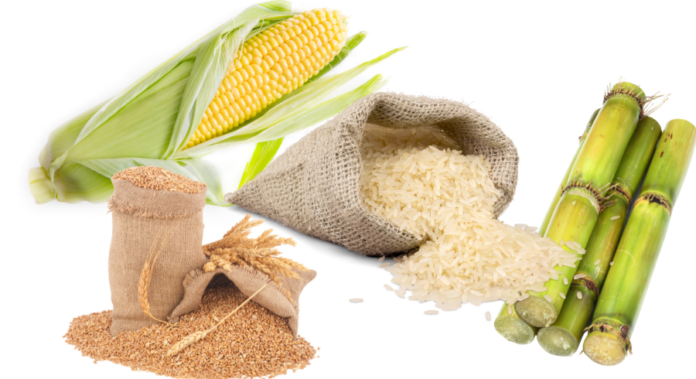The Planning Commission has acknowledged that government policies and decisions at both the federal and provincial levels have contributed to a 13.5% contraction in the major crop sector during this fiscal year. The Commission has warned that this decline may lead to increased food imports next year, putting further pressure on the country’s foreign exchange reserves, according to a news report.
In a working paper for the federal budget 2025-26, the Planning Commission cited the agriculture sector’s underperformance as a key factor in the country’s lower-than-expected GDP growth.
“GDP growth for FY25 is recorded at 2.7% against the target of 3.6%, primarily due to a massive contraction in key commodity-producing sectors, including important crops, which witnessed a 13.5% contraction due to adverse weather conditions, reduced rainfall, input challenges, and policy shifts,” the paper stated.
According to the Commission’s report, key crops such as cotton, maize, sugarcane, rice, and wheat all showed negative growth. Cotton production fell by 30.7%, maize by 15.4%, sugarcane by 3.9%, rice by 1.4%, and wheat by 8.9%.
The Commission noted that while other crops showed a 4.8% growth, the overall crop sector was significantly impacted by the weather and input issues.
The report also highlighted a 19% contraction in cotton ginning in FY25 compared to a 47.2% growth last year. This decline was attributed to reduced cotton production and the closure of ginning factories in the country.
The decline in crop production follows a series of policy changes, including the withdrawal of the Punjab government’s support for farmers after the announcement of a lucrative minimum support price (MSP) for wheat.
This left farmers vulnerable to market forces and middlemen. Additionally, the federal government’s decision to end commodity market interventions, as part of negotiations with the IMF, further complicated the situation.
The Commission also pointed out that extended fertilizer subsidies, intended to support farmers, instead exacerbated the input challenges, which contributed to the overall drop in crop yields.
The Planning Commission’s paper also revealed that the federal government had managed to contain the expansion of net domestic assets to Rs145.6 billion in 2024-25, compared to Rs1.588 trillion last year. This was largely due to the government’s net retirement of SBP borrowings and reduced fiscal deficit.
The Commission attributed the reduction in commodity debt accumulation to reforms in commodity operations, including the rationalization of wheat procurement, gradual abolition of MSP, and timely subsidy payments.
On a more positive note, the Commission acknowledged the growth in the livestock sector, which increased by 4.7% during the current year, up from 4.4% last year. The growth was attributed to successful vaccination programs and improved disease control measures by both the federal and provincial governments.
However, the struggles in agriculture and industry were mirrored in the manufacturing sector, which saw a slowdown from 3% growth last year to just 1.3% in FY2024-25, falling well short of the target of 4.4%.
The Large-Scale Manufacturing (LSM) sector, in particular, experienced a contraction of 1.5%, reversing its modest growth of 0.9% in the previous year. This decline was driven by weak industrial output and subdued demand, with sectors such as food production, chemicals, iron and steel, and machinery recording losses.
Despite challenges in several industrial sectors, the production of consumer-oriented and energy-related products, such as textiles, tobacco, petroleum products, and automobiles, showed resilience, contributing to some growth within the manufacturing sector.
























